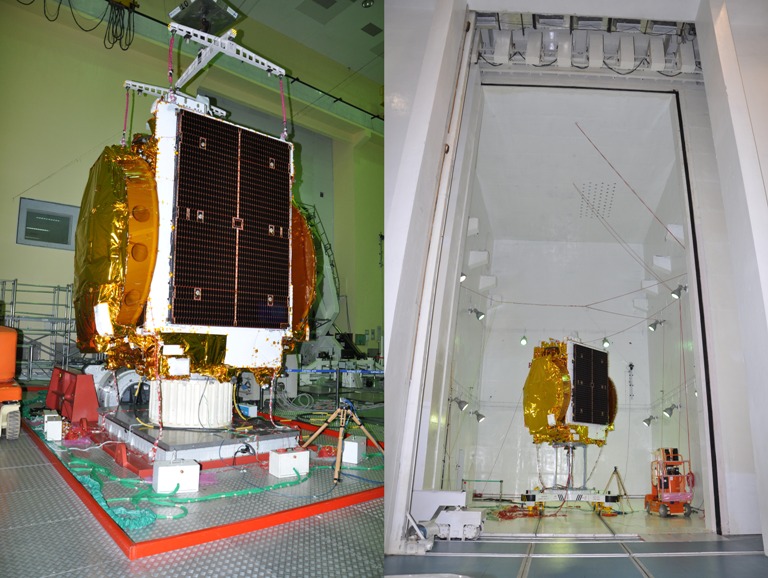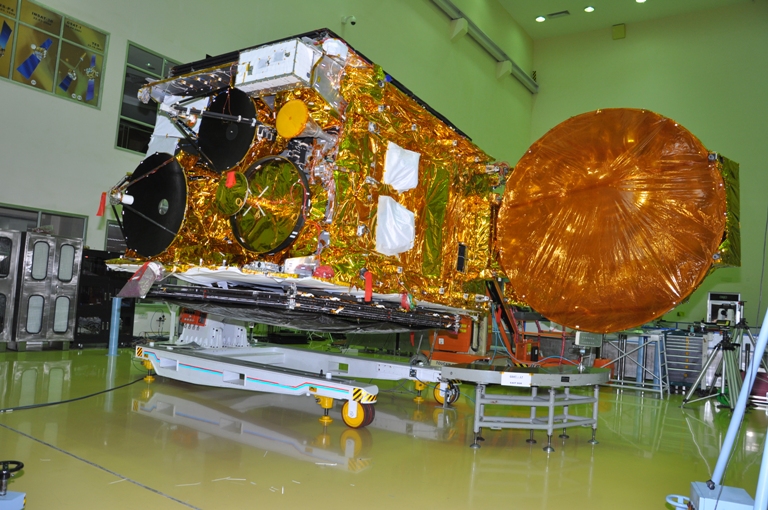
ISRO successfully launches GSAT-17 communication satellite
GSAT-17 was launched in the early morning hours on Thursday using the European Ariane 5 Launch Vehicle from Kourou, French Guiana, an ISRO release said.
GSAT-17 successfully launched by Ariane-5 VA-238 from Kourou, French Guianahttps://t.co/yOrCnpjgON pic.twitter.com/uloiIWJjwj
— ISRO (@isro) June 29, 2017
The 3477 kg GSAT-17 carries communication payloads in C-band, Extended C-band and S-band for providing various services to the country.
The satellite also carries equipment for meteorological data relay and satellite based search and rescue services.
After its lift-off at 0245 hrs (2:45 am) IST and a flight lasting about 39 minutes, GSAT-17 separated from the Ariane 5 upper stage in an elliptical Geosynchronous Transfer Orbit (GTO) with a perigee (nearest point to Earth) of 249 km and an apogee (farthest point to Earth) of 35,920 km, inclined at an angle of 3 degrees to the equator.

ISRO's Master Control Facility (MCF) at Hassan in Karnataka took over the command and control of GSAT-17 immediately after its separation from the launch vehicle.
Preliminary health checks of the satellite revealed its normal functioning.
In the coming days, orbit raising manoeuvres will be performed to place GSAT-17 satellite in the Geostationary Orbit (36,000 km above the equator) by using the satellite’s propulsion system in steps.
During the final stages of its orbit raising operations, the two solar arrays and both the antenna reflectors of GSAT-17 will be deployed.

Following this, the satellite will be put in its final orbital configuration.
GSAT-17 will be positioned at its designated orbital slot in the geostationary orbit and will be co-located with some of the Indian operational geostationary satellites.
Later, it is planned to turn on the communication payloads of the satellite. After the successful completion of all the in-orbit tests, GSAT-17 will be ready for operational use.
Images: isro.gov.in
Support Our Journalism
We cannot do without you.. your contribution supports unbiased journalism
IBNS is not driven by any ism- not wokeism, not racism, not skewed secularism, not hyper right-wing or left liberal ideals, nor by any hardline religious beliefs or hyper nationalism. We want to serve you good old objective news, as they are. We do not judge or preach. We let people decide for themselves. We only try to present factual and well-sourced news.






